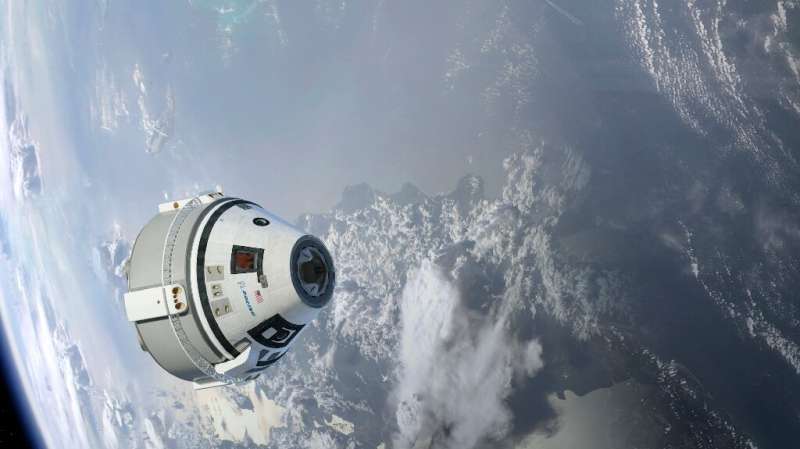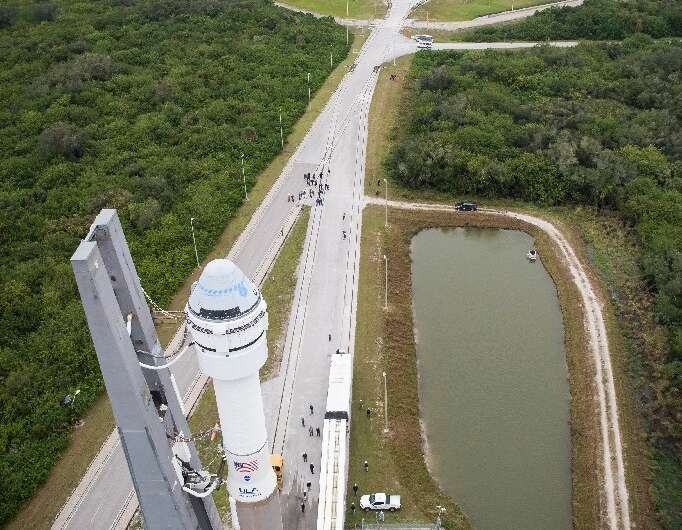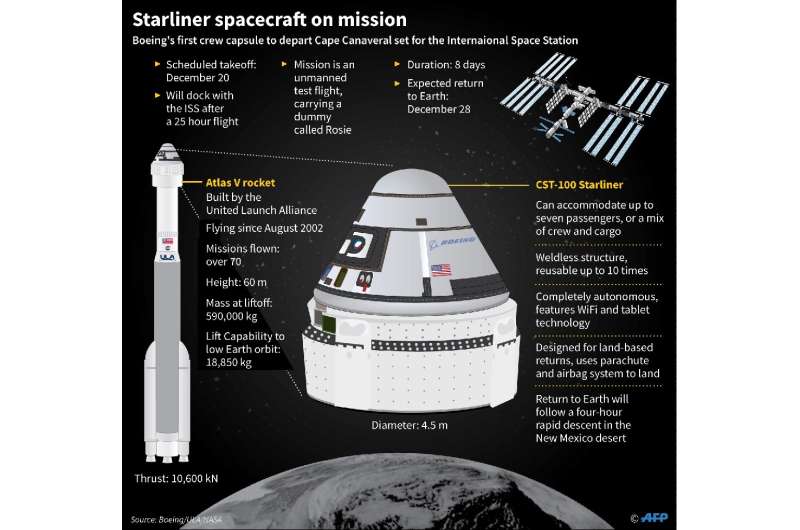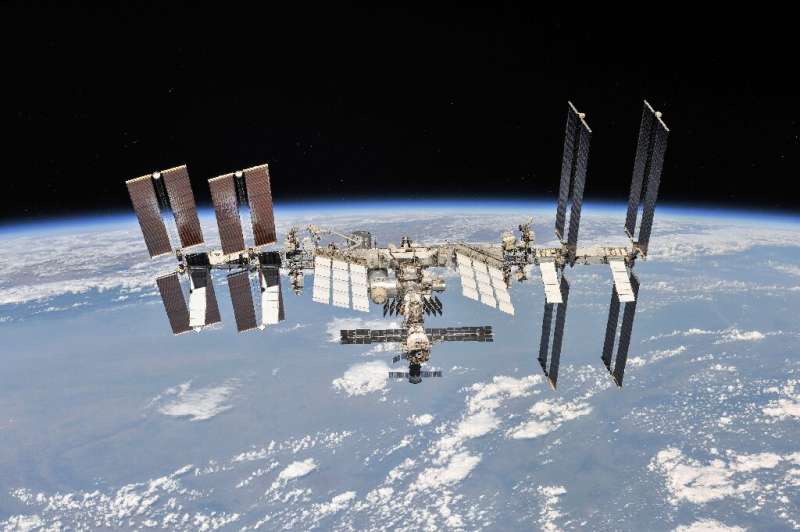The reputational stakes of the crewless mission are high for Boeing, emboiled in a safety crisis over its 737 MAX jet
Boeing is set to launch its Starliner capsule Friday on a crewless eight-day journey to the International Space Station and back, a dry run for NASA's plans to end US dependence on Russia for space rides.
The reputational stakes are high for the aerospace giant, which is in the midst of a safety crisis over its 737 MAX jet, while US national pride is also on the line.
The mission's sole passenger will be bandana-clad dummy Rosie, named after Rosie the Riveter, the star of a campaign aimed at recruiting women to munitions factory jobs during World War II that featured her wearing blue overalls and flexing a bicep.
NASA has been forced to rely on Russian Soyuz rockets to transport its astronauts since the Space Shuttle program was shuttered in 2011 following thirty years of service.
The US wants to end this dependence, even if US-Russian space ties have remained immune to a broader deterioration of bilateral relations in recent years.
Under former president Barack Obama, NASA opted for a shift in how it operates: instead of owning the hardware, it would hire private companies to take over the role, awarding Boeing and SpaceX billions of dollars to develop "Made in the USA" solutions.
Both companies are running two years behind schedule but appear almost ready: approval now rests on the successful completion of final tests.
"By early next year, we're going to be launching American astronauts on American rockets from American soil again for the first time since the retirement of the space shuttles back in 2011," NASA administrator Jim Bridenstine told reporters Thursday at the Kennedy Space Center.
SpaceX already carried out its own successful uncrewed mission to the International Space Station (ISS) back in March, when its CrewDragon docked with the station and returned to Earth carrying the dummy "Ripley"—named after Sigourney Weaver's character in the film "Alien."
The dummies are packed with sensors to verify the voyage will be safe for future teams of humans.
"It's been eight and a half years, far too long, in my opinion," said Boeing astronaut Chris Ferguson, who commanded the last Shuttle mission in 2011 and is set to be on Starliner's first crewed mission.
"But here we are right on the threshold of getting ready to do it, he added.
The developments are independent of the Artemis program to return to the Moon by 2024, which will use a spaceship built for longer journeys into space, Lockheed Martin's Orion.
-
A giant Atlas V rocket will take off shortly before sunrise from the famed Cape Canaveral on Florida's coastline, where all US crewed flights are launched
-
Factfile on Boeing Starliner spacecraft, set to launch for the ISS this week
-
SpaceX already carried out its own successful uncrewed mission to the International Space Station in March
$8 billion payment
A giant Atlas V rocket will take off shortly before sunrise, at 6:36 am local time (1136 GMT), from the famed Cape Canaveral on Florida's coastline, where all US crewed flights are launched.
Starliner, which is fixed to its summit, will separate 15 minutes later and enter Earth's orbit. About 25 hours later, it will dock autonomously with the space station, 250 miles (400 kilometers) above sea level.
Its return to the Earth, in the southwest US, is set for December 28.
NASA has committed to pay a total of $8 billion to the two companies, who in return need to deliver six trips carrying four astronauts each time, up until 2024.
A recent report by NASA's inspector general said the cost per astronaut comes to about $90 million for Boeing, against $55 million for SpaceX, while the US currently pays Russia more than $80 million for the same.
But both Bridenstine and Boeing contest the numbers, which were calculated by taking the total sums paid by the space agency to each company and divided by the number of missions and astronauts.
SpaceX has the benefit of receiving billions of dollars in earlier contracts to develop the Dragon's first version, for cargo, which was modified to make the crew version.
Bridenstine expressed his confidence in Boeing after its 737 Max debacle.
"I would also say that if you look at Boeing as an institution, the people that develop spacecraft are not the same people that develop aircraft," he said.
© 2019 AFP


























